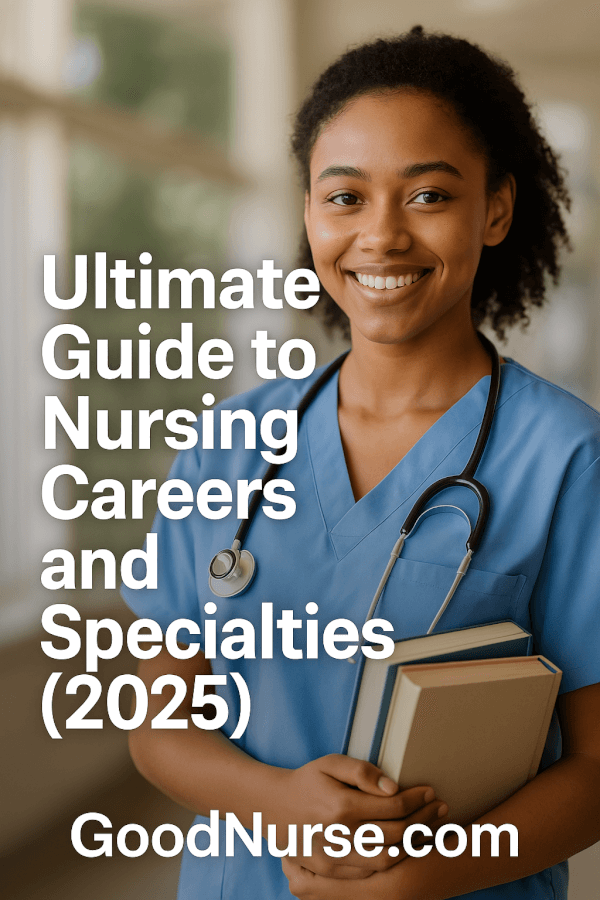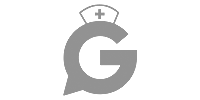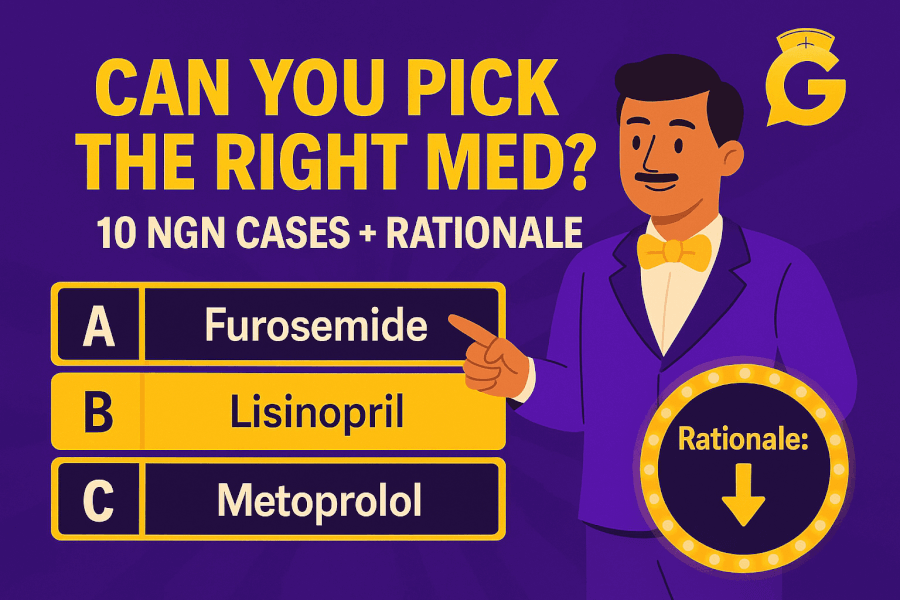NCLEX Categories Explained (2025): What Every Nursing Student Should Know About the Test Plan
If you're preparing for the NCLEX-RN or NCLEX-PN in 2025, understanding how the exam is structured is just as important as knowing the content itself. The NCLEX isn't organized randomly — it's carefully designed around specific categories based on client needs.
These categories reflect real-world nursing practice and clinical judgment skills — and understanding them will help you build a smarter, more focused study plan.
📘 Quick tip: Bookmark this guide. These categories are your blueprint for NCLEX success.
🧠 Why NCLEX Categories Matter More Than Ever
In 2025, the NCLEX is all about clinical judgment and safe practice. It doesn’t just ask, “What do you know?” — it asks, “Can you make the right decision for the patient?”
Every question ties back to one of these categories:
- Safe and Effective Care Environment
- Health Promotion and Maintenance
- Psychosocial Integrity
- Physiological Integrity
Understanding these categories helps you:
- Prioritize your study time
- Understand question intent
- Spot common distractors
- Build confidence in test strategy
Plus, they're deeply tied to the Next Gen NCLEX format, which emphasizes critical thinking in real-world clinical situations.
✅ NCLEX Client Needs Categories (2025)
Let’s explore each category and what it includes:
🛡️ 1. Safe and Effective Care Environment
This category includes two subcategories:
• Management of Care (RN) / Coordinated Care (PN)
Covers how nurses coordinate and manage client care, including:
- Advance directives and informed consent
- Delegation and supervision
- Legal/ethical practice
- Case management and continuity of care
- Prioritization and time management
• Safety and Infection Control
Focuses on protecting clients and healthcare personnel from health and environmental hazards:
- Proper use of PPE (gown, gloves, mask)
- Isolation precautions (airborne, contact, droplet)
- Equipment safety
- Hazardous waste handling
- Prevention of medical errors (e.g., look-alike sound-alike meds)
📝 Clinical Insight:
Delegation questions are common here. You’ll need to know which team member (RN, LPN, UAP) can safely handle a task.
📘 Reinforce with: Secrets to Success on the NCLEX
🌱 2. Health Promotion and Maintenance
This category emphasizes preventative care and client education. Key areas include:
- Developmental stages and age-specific care (infant to elderly)
- Pregnancy and newborn care
- Immunizations and screenings
- Health promotion (nutrition, sleep, stress management)
- Teaching about chronic conditions and risk factors
🧠 Study Hack:
Use developmental milestone mnemonics like "1 word, 1 step at 1 year" to lock in critical pediatric content.
📘 Dive deeper: 25 Nursing Mnemonics That Actually Work
🧠 3. Psychosocial Integrity
Mental health is central to client care. This section tests your understanding of emotional support, crisis intervention, and therapeutic communication.
Key topics include:
- Substance use disorders
- Anxiety, depression, schizophrenia
- End-of-life care and hospice
- Therapeutic communication techniques
- Behavioral management and crisis interventions
🧠 Real-World Example:
A patient says, "I feel like life isn't worth living anymore." Your best response?
- "That sounds really difficult. Can you tell me more about how you’re feeling?"
📘 Strengthen communication skills with: NCLEX Vocabulary & Key Concepts
🩺 4. Physiological Integrity
This is the most content-heavy section and often the most intimidating.
Subcategories include:
• Basic Care and Comfort
- Nutrition, hydration, elimination
- Sleep/rest
- Assistive devices (walkers, wheelchairs)
- Pain management
• Pharmacological and Parenteral Therapies
- Medication administration (oral, IV, IM, subcut)
- Adverse effects and contraindications
- Blood transfusions and central lines
- Dosage calculations
• Reduction of Risk Potential
- Diagnostic tests (MRI, colonoscopy, etc.)
- Lab value interpretation (CBC, BMP, ABG)
- Monitoring for post-op complications
- Recognizing abnormal vital signs
• Physiological Adaptation
- Medical emergencies (shock, MI, stroke)
- Chronic illness management (CHF, COPD, diabetes)
- Ventilator support, telemetry, tracheostomy care
📘 Related guide: Fluid & Electrolyte Mnemonics
📊 NCLEX Category Breakdown (RN 2025)
| Category | % of Exam |
|---|---|
| Management of Care | 15–21% |
| Safety and Infection Control | 10–16% |
| Health Promotion and Maintenance | 6–12% |
| Psychosocial Integrity | 6–12% |
| Basic Care and Comfort | 6–12% |
| Pharmacological Therapies | 13–19% |
| Reduction of Risk Potential | 9–15% |
| Physiological Adaptation | 11–17% |
🧪 Sample NCLEX-Style Question by Category
📌 Safety and Infection Control:
Question: Which client should the nurse see first?
- A client with C. difficile requesting assistance to the restroom
- A post-op client with a pain rating of 6/10
- A diabetic client needing blood sugar checked
- A stable COPD patient with O2 sat of 92%
Correct Answer: The client with C. difficile (infection control + fall risk)
📌 Pharmacology:
Question: A client is prescribed warfarin. Which lab value should the nurse monitor?
Answer: INR
Why it matters: Questions like this tie directly to category-based knowledge.
📝 Study Strategy: Organize Your Prep by Category
Use the NCLEX categories as your weekly study schedule. For example:
- Week 1: Safety & Infection Control + Management of Care
- Week 2: Psychosocial + Health Promotion
- Week 3: Pharmacology + Risk Potential
- Week 4: Physiological Adaptation + Practice Exam
Each day, mix:
- 20+ practice questions in that category
- 10–15 minutes reviewing terms/mnemonics
- AI-powered quizzes on GoodNurse.com
🧠 Next Gen NCLEX & Category Overlap
The new NCLEX questions blend categories:
- A case study may combine safety + pharm + psychosocial
- SATA may ask for signs of infection (safety + risk potential)
- Drag-and-drop might test delegation, triage, and scope (management of care)
GoodNurse AI can identify these overlaps and explain them clearly.
🎯 Final Tips
- Know the 4 main categories and their subcategories by heart
- Study by category — not just random questions or chapters
- Watch videos that explain each area in plain English
- Practice 5–10 questions per subcategory daily in your final 3 weeks
📘 Bonus: 25 NCLEX Study Tips That Actually Work
✅ Final Takeaway
The NCLEX isn’t random — it’s structured around how nurses think, act, and care.
When you study with the NCLEX categories in mind, you’ll:
- Build confidence in every content area
- Develop better test-taking instincts
- Spot exactly where to focus your final review
Ready to master every category? Head to https://goodnurse.com for AI-powered tools, vocab guides, and breakdowns by category.
You've got this.







